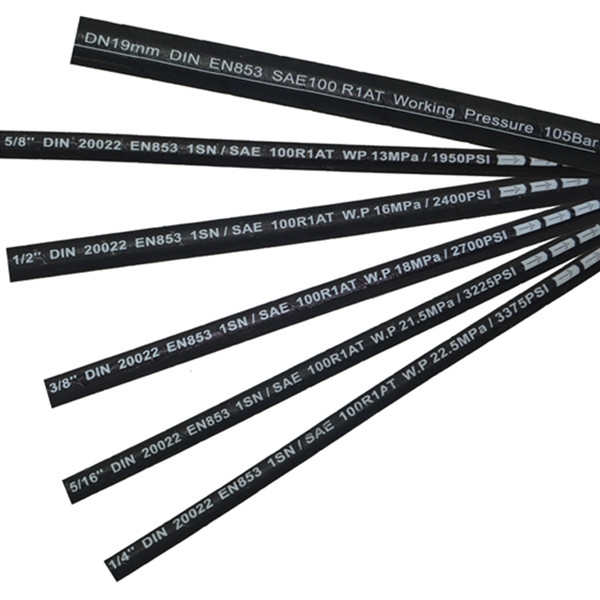
Hebei Jingbo Petroleum Machinery Co.,Ltd
Email: [email protected]
Phone:008631189849942
Skype:drilling.hose66
Address:Chengxi Industrial Zone, Jing County, Hebei Province, China
There are many reasons for stainless steel flange cracking. Next, we analyze the reasons for cracking from the following aspects.
Firstly, the chemical composition of the cracked flange is analyzed. The analysis results show that the chemical composition of the flange and the welding material are in accordance with the relevant standards. Under the premise that the material chemical composition is qualified, the hardness test is qualified, the pipe installation meets the technical requirements, and the operation specification of the pressure test, the pipe flange cracks during the pressure test, which indicates that the defects are related to the internal structure of the flange or other unknown factors.
Secondly, the crack properties are analyzed. First, the surface crack morphology is analyzed. The leakage flange was cut from the pipe and a comprehensive macroscopic inspection was carried out. Cracks were found on the inner surface of the flange. Second, the profile crack morphology is analyzed. Careful observation of the section reveals that 4 out of 6 sections of the flange have visible cracks, which almost run through the entire section.

To sum up, it is indicated that the crack is the forging crack along the tip of inclusion during flange production. In order to eliminate the obvious cracks on the surface of the flange, the flange does undergo repair welding before leaving the factory.
So why do cracks occur?
1. A large number of non-metallic inclusions are the source of cracks. Because there are a large number of non-metallic inclusions in the forging blank for flange manufacture, the volume inclusions change into area inclusions after repeated forging in the forging process, and the forging cracks along the tip of the inclusions appear in the material. The inclusion with a larger volume becomes a crack with a larger size after forging. Smaller inclusions are forged into microcracks of smaller size. Most of these cracks are buried cracks.
2. Forging cracks further expand under the action of test pressure, resulting in flange leakage. A large number of non-metallic inclusions will reduce the plasticity and toughness of the material. The slag inclusion inside the crack causes stress concentration at the tip of the crack, which makes the flange unable to bear the applied load. As a result, the flange cracks and leaks when the test pressure just reaches 0.6MPa in the process of pressure test.
Therefore, the following measures can be taken after the discovery of problematic flanges:
(1) all problem flanges will be replaced.
(2) Continue to find other pipe fittings of the same manufacturer and batch used in this device, and adopt corresponding inspection means to confirm whether they are qualified.
(3) for the new replacement of the flange, in addition to recheck its chemical composition, mechanical properties, but also should be macroscopic inspection, evaluation of its geometric size and surface finish, and check whether there is abnormal geometric size discontinuity.






